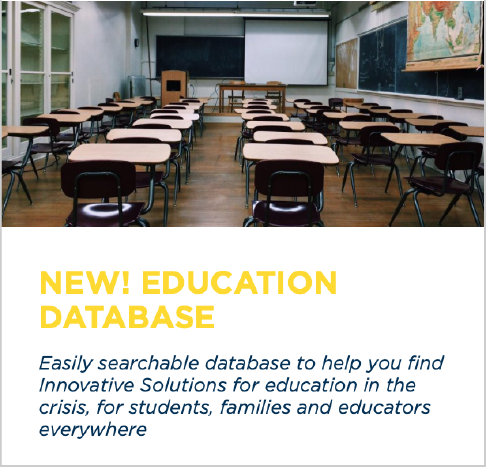On Thursday, July 31st the CER staff and interns embarked on a tour of the Goddard Space Flight Center (GSFC). During our visit, we gained knowledge on the variety of internships, fellowships, and scholarships offered by NASA, walked through the Integration Testing (I&T) and Innovation labs, and we had the opportunity to learn about the Optimus Prime – STEM challenge presentation.
NASA team members stressed the importance and need for science, technology, engineering, and mathematics (STEM) educational programs, emphasizing that it is the main pipeline for filling high-skilled jobs demanded by their industry. In addition, NASA members urged us to continue our fight in support of science and engineering-based programs. As tour guides walked us around rooms filled with complex pieces of machinery that produced even more intricate parts, it was evident that these tasks were meant for highly qualified and trained individuals.
Through persistent efforts, NASA recruits and develops individuals who are interested in the sciences and engineering. Its One Stop Shopping Initiative (OSSI) is an innovative, mission-enabling, NASA-wide approach to help build links to bring together STEM education programs and workforce needs, as well as to attract and motivate talented young people. The Optimus Prime (OP) challenge, named after the fan favorite and lead Transformer, is one such program. One high school-aged intern in the Optimus Prime challenge program left us all in awe as she presented a three-dimensional virtual world she and her fellow high school interns had created from scratch. As if this was not impressive enough, we were all surprised to learn that she taught herself how to use the computer program as well. Extraordinary NASA interns in high school, college, or graduate school serve as evidence that STEM programs are necessary for providing a venue for individuals to develop and express their ideas.
Many of











